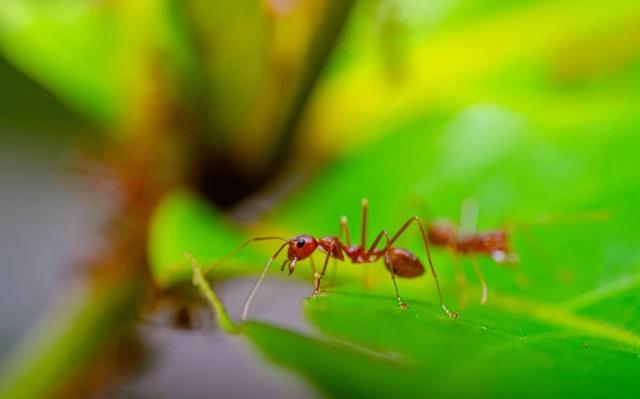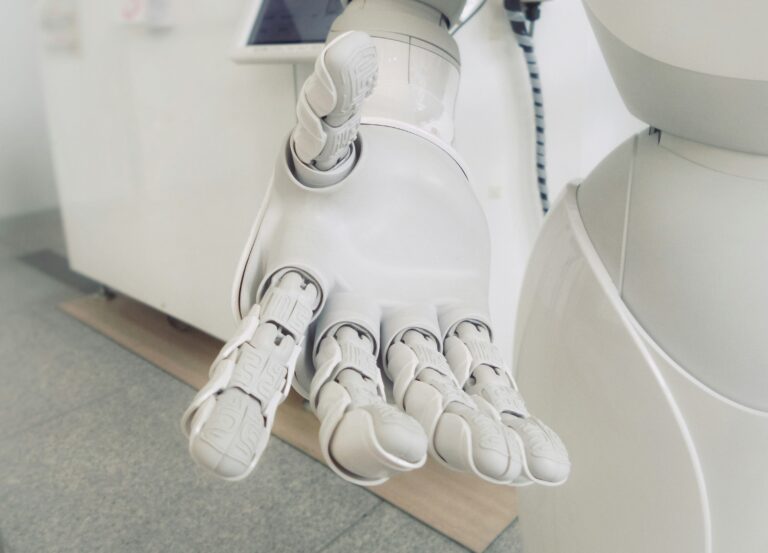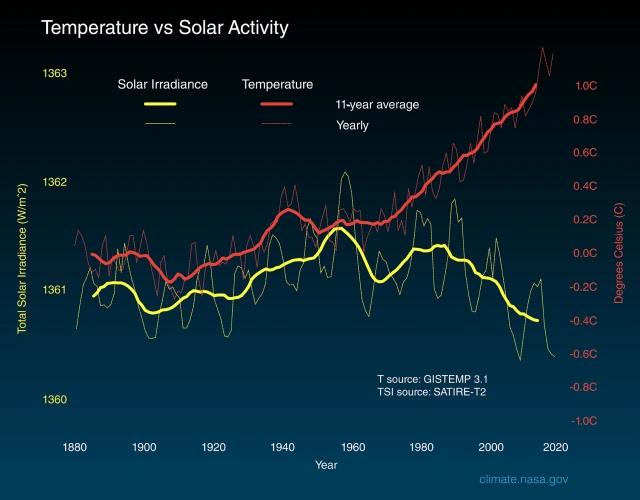What was once a revolutionary tool that changed forensic science has become a completely accessible technology. We understand how DNA tests have developed and what their future is.
DNA (deoxyribonucleic acid) is a long, complex molecule packaged inside the cell nucleus. It encodes information about what proteins and in what quantities need to be produced so that all functions are maintained in the body: digestion, blood circulation, immunity, and others.
This set of information is passed on from generation to generation. Genes (sections of the DNA molecule) determine a variety of human characteristics: blood type, eye color, and other characteristics.
DNA was first identified back in the 1860s. This was done by the Swiss chemist Friedrich Miescher, but it was only in 1953 that biologist James Watson and physicist Francis Crick discovered that this macromolecule is a three-dimensional double helix. Research began to accelerate after this, and by the 1980s, laboratories were using DNA to establish paternity.
DNA fingerprinting: searching for criminals
In 1984, British geneticist Alec Jeffries discovered that the DNA strands of different people have unique nucleotide sequences that are never repeated. Deciphering them allows you to create a DNA profile, or “genetic passport,” for personal identification. This is how the DNA fingerprinting method appeared, which made it possible to determine the identity of a person by his hair, saliva, a particle of skin, a drop of blood, a bone, or a tooth.
Initially, this method found application in forensic science and in establishing the kinship of British immigrants with residents.
Already in the late 1980s, he helped solve the case of the rape and murder of two girls in November 1983 and July 1986. Additionally, in 1992, Jeffries was able to identify the exhumed remains of Nazi doctor Joseph Mengele, who fled Germany after the end of World War II and died in Brazil in 1979.
Currently, the DNA fingerprinting method is widely used by criminologists in the USA, Canada, Great Britain, Japan, China, and many other countries. Some of them have created extensive databases of DNA profiles, and also cooperate with private organizations whose clients agree to transfer data to shared repositories. This makes it possible to solve even those crimes that were committed 50 or more years ago if pieces of the offender’s DNA have been preserved.
Thus, the FBI uses the Combined DNA Indexing System (CODIS). It uses computer technology to compare the DNA profiles in the database with those recovered from crime scene evidence.
Thanks to the latest artificial intelligence technologies, a person’s appearance can be reconstructed from a DNA sample. This method was recently used by American police to try to solve a crime that was more than 30 years old.
PCR tests: establishing paternity and gene cloning
Although the Jeffries method provided a high degree of identification, it required a very long time and at least 10–25 ng of DNA in the biomaterial. However, after the advent of DNA fingerprinting, other testing methods began to rapidly develop. Already in 1985, American biochemist Kary Mullis discovered the technology of polymerase chain reaction (PCR). It allows the DNA molecules under study to be replicated many times under controlled conditions to increase their quantity and simplify analysis.
This achievement laid the foundation for DNA testing to move beyond forensic science. Thus, the PCR method has become widely used in biology and medicine, for example, for diagnosing diseases, establishing paternity, cloning genes, isolating new genes, and so on.
SNP tests: identifying mutations in genes
In the early 2000s, scientists introduced the SNP method. It allows you to identify genome variation that appears in individuals due to the absence, addition, or change of its elementary unit – the nucleotide. SNP tests have begun to be used as genetic markers for various purposes, including identifying susceptibility to genetic diseases. Thus, the detection of a defective gene makes it possible to identify genetic factors that contribute to the development of a disease such as breast cancer.
Sequencing: complete DNA tests decoding and treatment prediction
A very important stage of development in molecular genetics was the discovery of methods for sequencing, or determining the DNA sequence. The first such method was discovered by the English biochemist Frederick Sanger in 1977, for which he later received the Nobel Prize in Chemistry. The “Sanger method” involves sequencing by breaking the DNA strand to then read the nucleotide sequence.
This achievement, along with the development of more advanced sequencing techniques, has allowed scientists to decipher the entire human genetic code. The Human Genome Project started back in 1990 and ended in 2022 when researchers managed to decipher the last 8% of the genome. This allowed them to study how the human genome and all 46 of its chromosomes were organized.
Now that scientists have a complete understanding of genetic variation, they can apply their knowledge to medical genetics as well as pharmacogenetics. This science uses genetic information to predict drug efficacy and toxicity. In addition, it allows one to predict the sensitivity of an individual to drugs. Scientists are using pharmacogenetics to study aging, neurodegenerative diseases, cancer, and heart disease.
“Significant advances have been made in the treatment of cardiovascular diseases, including in predicting the effects of two drugs – clopidogrel and warfarin. Pharmacogenetic tests are also used in the treatment of psychiatric and infectious diseases,” says Elza Khusnutdinova.
For his part, Evgeniy Aleshechkin, general practitioner and head of telemedicine at the MedTech service Budu, clarifies: “Now pharmacogenetics allows us to understand better which drug should be chosen for one or another form of the disease associated with mutations.
We also have a much deeper understanding of the differences in how drugs work for different ethnic groups. The fruits of pharmacogenetics are most actively used by doctors who deal with mutations in everyday practice, for example, oncologists.”
Home tests: diagnosis and search for relatives
Thanks to the development of DNA technology, such genetic testing has become available to ordinary people, and companies have begun to offer such services even at home. The first company, called 23andMe, launched tests for consumers in California in 2007. It analyzes a person’s genetic health and ancestry and also suggests establishing connections with distant relatives.
In the late 2000s, companies such as 23andMe, Navigenics, and Decode Genetics offered tests ranging from $999 to $2,500. However, now their cost starts from $100.
In Russia, similar companies began to appear in 2013, and today the cost of their tests ranges from 10 thousand to 30 thousand rubles, but during promotional periods it may be lower. Companies such as Genotek and Atlas offer to identify predisposition to hereditary diseases, risks of developing common diseases, establish origins, and find relatives.
Elsa Khusnutdinova:
“Genetic tests do not even use all the markers known for a particular disease, which is why the predictive ability of models for assessing the risk of its development is low, so such results must be treated with caution. In addition, for representatives of different ethnic groups, risk genotypes can be different, sometimes even opposed, so it is necessary to create databases of various populations living in regions, study the frequencies of genotypes about ethnicity, and take into account the ethnicity of the individual when conducting this type of analysis.”.
Doctor Aleshechkin agrees that genetic tests can help determine the risks of developing certain diseases. However, according to him, with the development of most multifactorial diseases, such as cardiovascular diseases or diabetes, the test results are unlikely to be informative.
Evgeny Aleshechkin:
“Such tests work best with diseases where the connection between a mutation in a specific gene and the occurrence of the disease has been proven, for example with some cancers. Thus, mutations in the BRCA1 and BRCA2 genes may indicate a predisposition to breast cancer. Since they are very rare, such tests are prescribed for those who have the corresponding diseases in their hereditary history, taking into account their ethnic group. Even in this case, a positive test result will not greatly affect the tactics of action, since regular examinations will be required for early detection of the disease.”
According to Khusnutdinova, people should undergo genetic tests to confirm or rule out a suspected genetic disease, or to determine the likelihood of developing or passing on such a disease to a child. For example, noninvasive prenatal genetic tests (NIPTs) can determine whether a child will inherit genetic abnormalities. For this test, a pregnant woman only needs to donate blood.
As Aleshechkin notes, the tests are useful primarily for those whose relatives already suffer from diseases associated with mutations in specific genes. In addition, testing is worthwhile if relatives have already been identified as having such a mutation.
Some companies specialize in tests for genealogical purposes. The most popular in this area are the American Ancestry and the Israeli MyHeritage. The first claims that its database contains data on more than 25 million people and over 71 thousand DNA profiles. The company additionally offers a tool for searching historical documents in hundreds of databases.
There are also companies, such as the American Full Genomes, Veritas Genetics, Nebula Genomics, and the Italian Dante Labs, which can sequence the entire human genome for a deeper study. The cost of such tests starts from $300. They provide information about disease risk factors, drug sensitivity, and the likelihood of passing on hereditary diseases to children. In Russia, such tests are offered by companies such as Genetico and First Genetics. Their cost starts from 100 thousand rubles.
Researchers and regulators are still cautious about the potential for such testing. Thus, the US Food and Drug Administration (FDA) notes that “DNA tests do not use all genetic variants that affect multifactorial disease, so the risk of disease indicated in them does not equal the actual risk of disease.”
The fact is that many genes are responsible for the development of multifactorial diseases, as well as external conditions – ecology, infections, etc. Scientists are trying to determine which genes make the greatest contribution to the development of these diseases. To do this, they need to identify hundreds of thousands of genetic variations in potential carriers, and so far researchers only know about hundreds and thousands.
Elsa Khusnutdinova:
“Today it is possible to find out what diseases a person is predisposed to, but we must not forget about the modifying influence of environmental factors – genes can change their action in response to them. Genetic tests work most accurately when diagnosing monogenic hereditary diseases (for example, cystic fibrosis, hemophilia, proximal spinal muscular atrophy – RBC ), which are caused by a mutation of a single gene.”
Evgeny Aleshechkin:
“The tests provide information about the presence of mutations in genes and the risk of associated diseases. Genetic risk data should be considered in the context of other factors such as lifestyle and environment. In most cases, a positive result of a genetic test allows you to find out about the presence of a predisposition and not to forget about early diagnostic methods.”
Pharmacogenetics: the future of personalized medicine
It is likely that the complete deciphering of the genome and subsequent studies of genetic variations, as well as the emergence of large genetic databases such as the UK Biobank, will allow risk assessment models using genetics to be gradually introduced into clinical practice. For example, UK Biobank already plays an important role in cancer research. Experts say genetic counseling and personalized medicine will become more widespread in the future.
Elsa Khusnutdinova:
“DNA tests have great potential for personalizing treatment. However, their adoption has been slow as evidence of their benefits over traditional drug prescribing needs to be collected and validated. It is necessary to prove that such tests lead to greater effectiveness of therapy and help reduce unwanted side effects, that is, contribute to the safety of therapy. This requires lengthy and expensive research. There is no doubt that personalized medicine is the future and the use of pharmacogenetic testing will gradually expand and become firmly established in clinical practice.”
Evgeny Aleshechkin:
“Genome analysis using artificial intelligence is already actively influencing the development of new therapeutic methods. This helps scientists see new points of attack on diseases, which could potentially help develop new therapies. Shortly, we can expect the introduction of genome analysis into the routine practice of pharmaceutical companies and the emergence of new effective methods for treating common forms of cancer.”

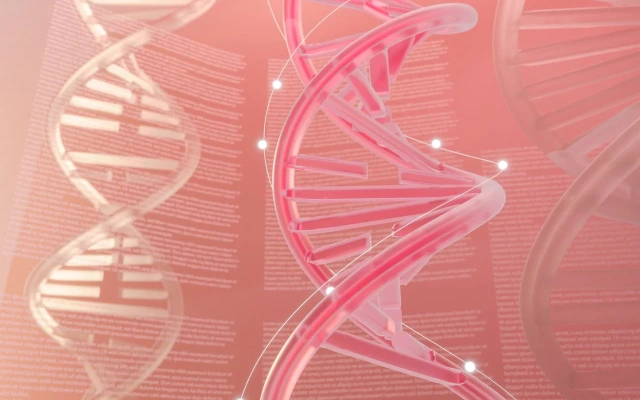

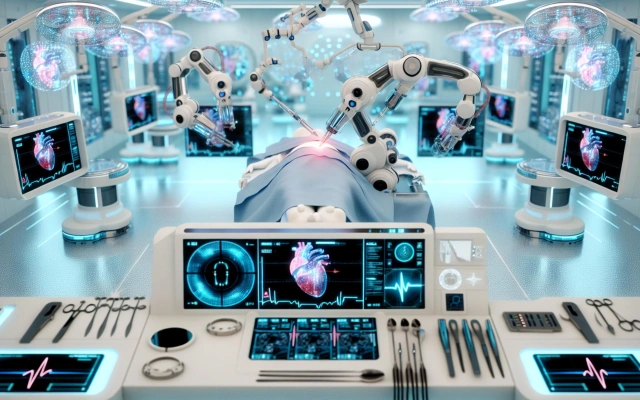
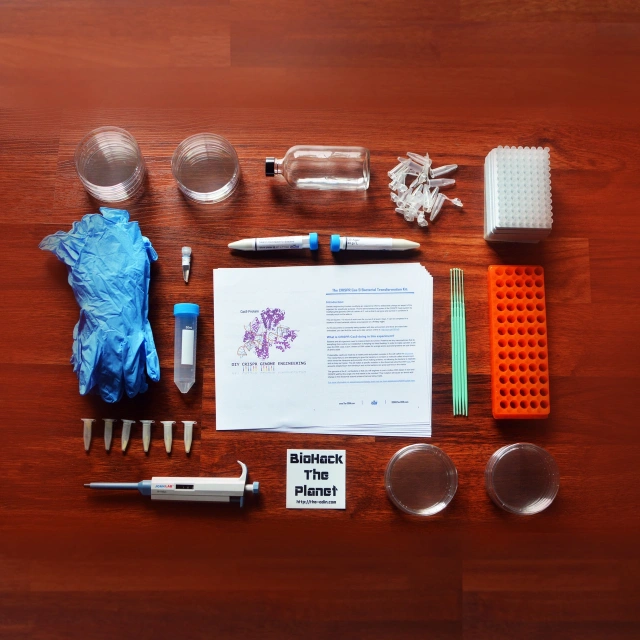
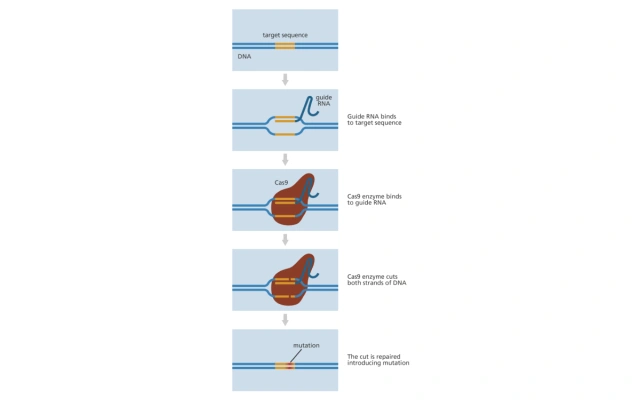
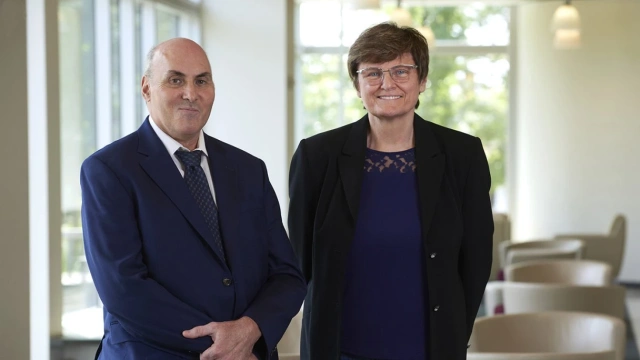
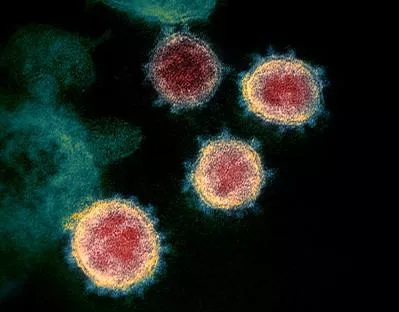
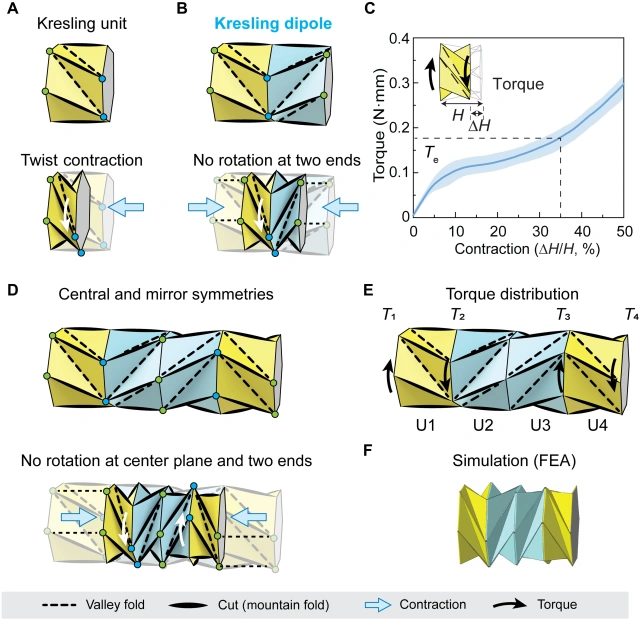

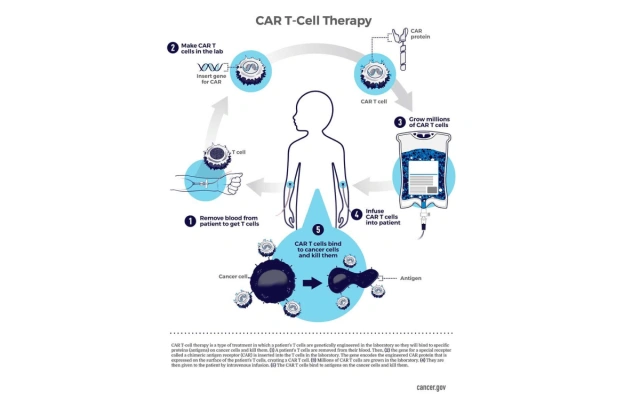
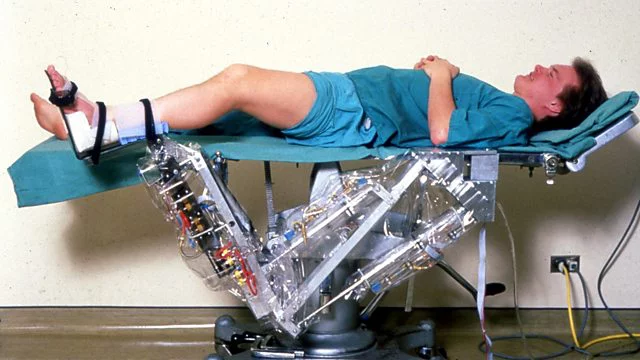
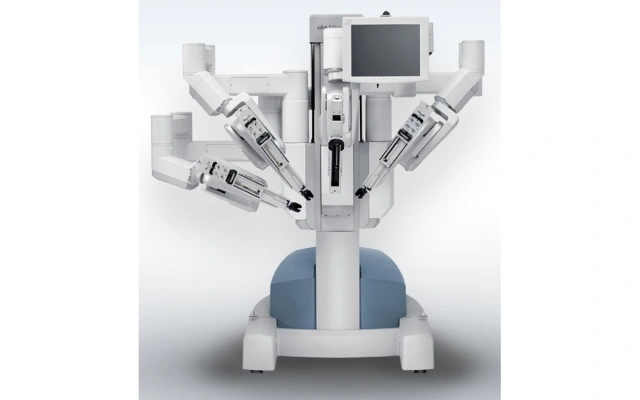
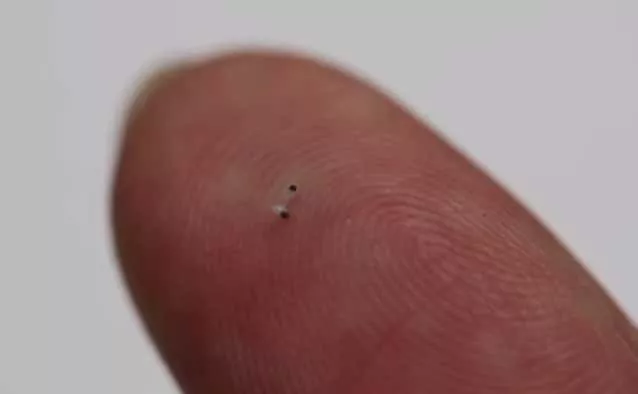
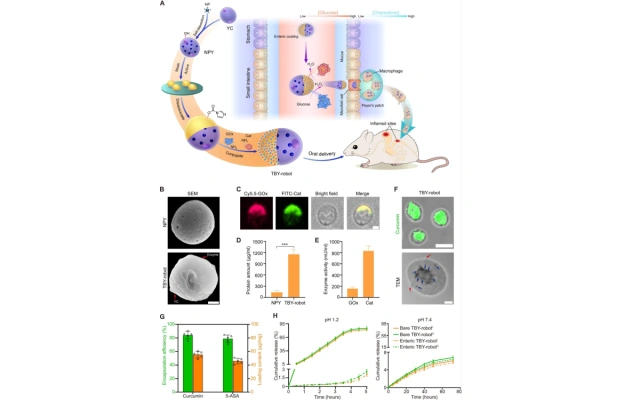

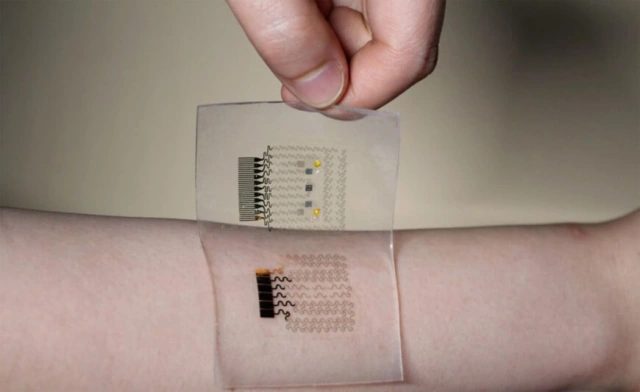
 -computer interface
-computer interface
